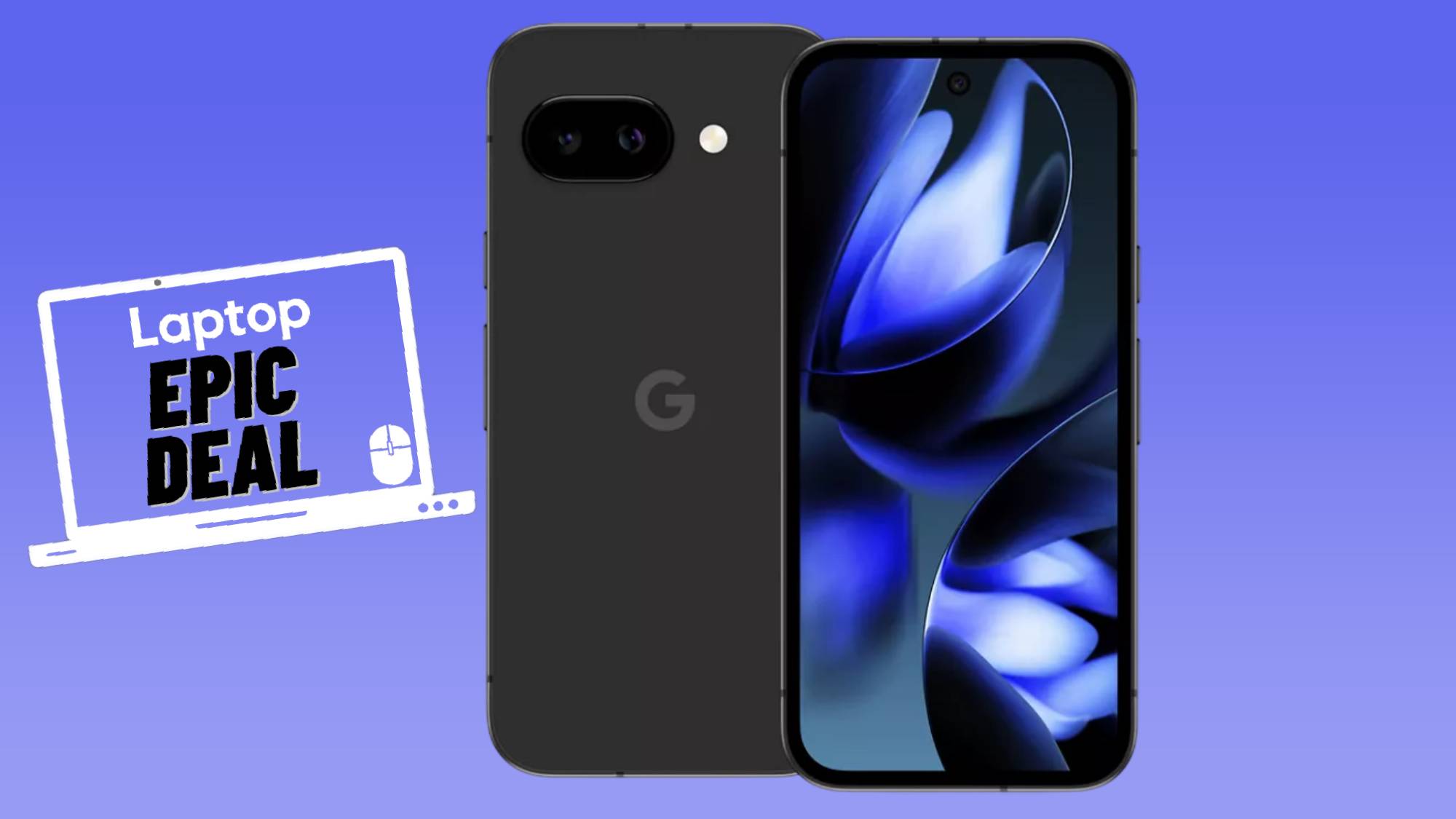Xiaomi 12T vs Xiaomi 12T Pro: What are the differences?
Xiaomi's new 12T Android phones pack a few differences under the hood
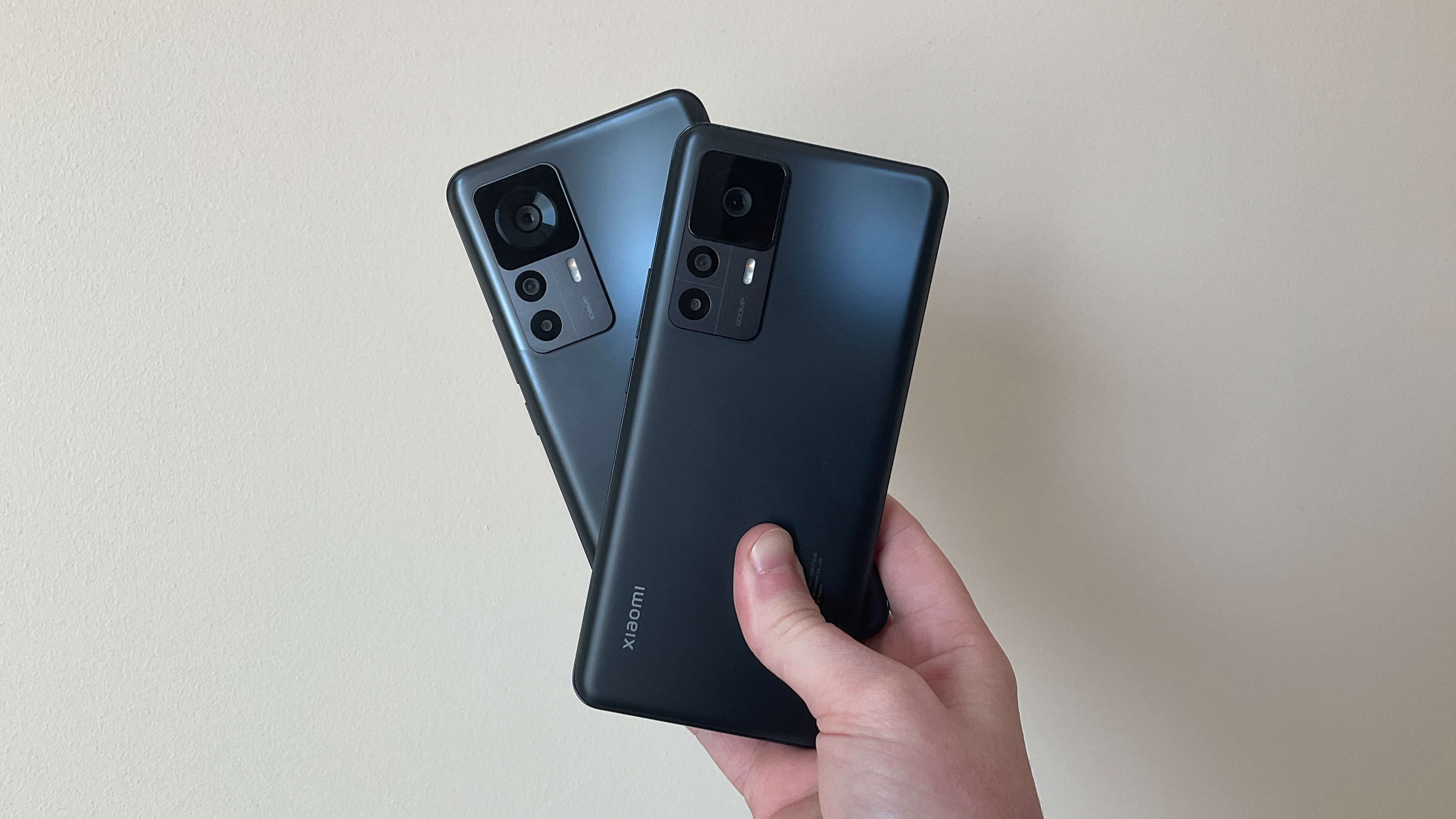
Xiaomi revealed its all-new Xiaomi 12T and Xiaomi 12T Pro, and while they boast an identical design and the same 120Hz AMOLED display, there are a few differences that make each Android phone stand apart.
The 12T series is a step up over the Xiaomi 12 and Xiaomi 12 Pro, which we're big fans of. Interestingly, despite the bumped-up specs, the 12T series sees a more affordable price tag (in the U.K., at least). That's already a superb starting point, but both phones boast enticing specs under the hood, too.
In fact, that's just about the only differences the 12T and 12T Pro have. By looking at them alone, they're mimics of one another. That's good news if you're a fan of the plain-yet-sleek design but are opting for the more affordable 12T.
Wondering what the differences between Xiaomi's impressive mid-range phones are? We've got you covered below.
| Spec | Xiaomi 12T | Xiaomi 12T Pro |
| Display | 6.67-inch CrystalRes AMOLED DotDisplay | 6.67-inch CrystalRes AMOLED DotDisplay |
| Refresh rate | 120Hz | 120Hz |
| Storage | 128GB, 256GB | 256GB |
| CPU | MediaTek Dimensity 8100 Ultra | Snapdragon 8+ Gen 1 |
| RAM | 8GB | 12GB |
| Rear cameras | 108MP wide angle camera, 8MP ultra-wide, 2MP macro | 200MP wide angle camera, 8MP ultra-wide, 2MP macro |
| Front-facing camera | 20MP | 20MP |
Xiaomi 12T vs. Xiaomi 12T Pro: Price
The Xiaomi 12T Pro will be making its way to international markets in late October, with U.K. prices starting at £699/€749 (but there's a special early bird offer from October 20 to October 24 when customers can pick one up for £599 and get a Redmi Pad). In the U.K., only the 8GB+256GB option will be available, but other regions can choose up to 12GB+256GB.
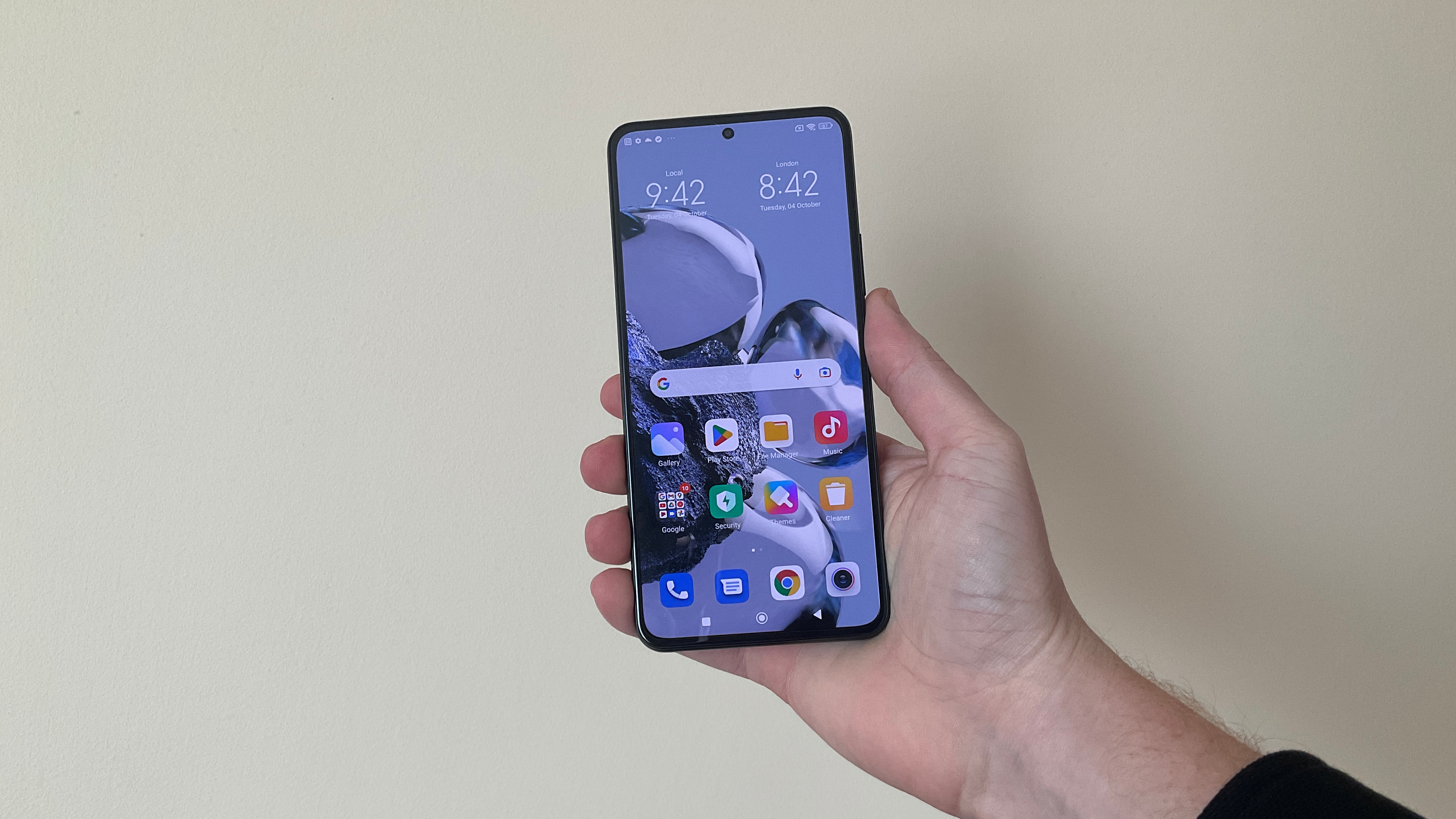
As for the standard Xiaomi 12T, prices start at £499/€599 for the 8GB+128GB option, and £549 for the 8GB+256GB model. Like the 12T Pro, there's also an early bird offer from October 20 to October 24, with prices starting at £399 and £499, respectively.
Clearly, the Xiaomi 12T is inching closer to the budget phone category, especially with those early bird offers. However, the Xiaomi 12T Pro is bringing those mid-range phone vibes, despite the flagship specs it packs.
Xiaomi 12T vs. Xiaomi 12T Pro: Design
To be honest, I was scared putting these phones side by side as they sport an identical design — right down to the raised rectangular array housing the camera lenses.
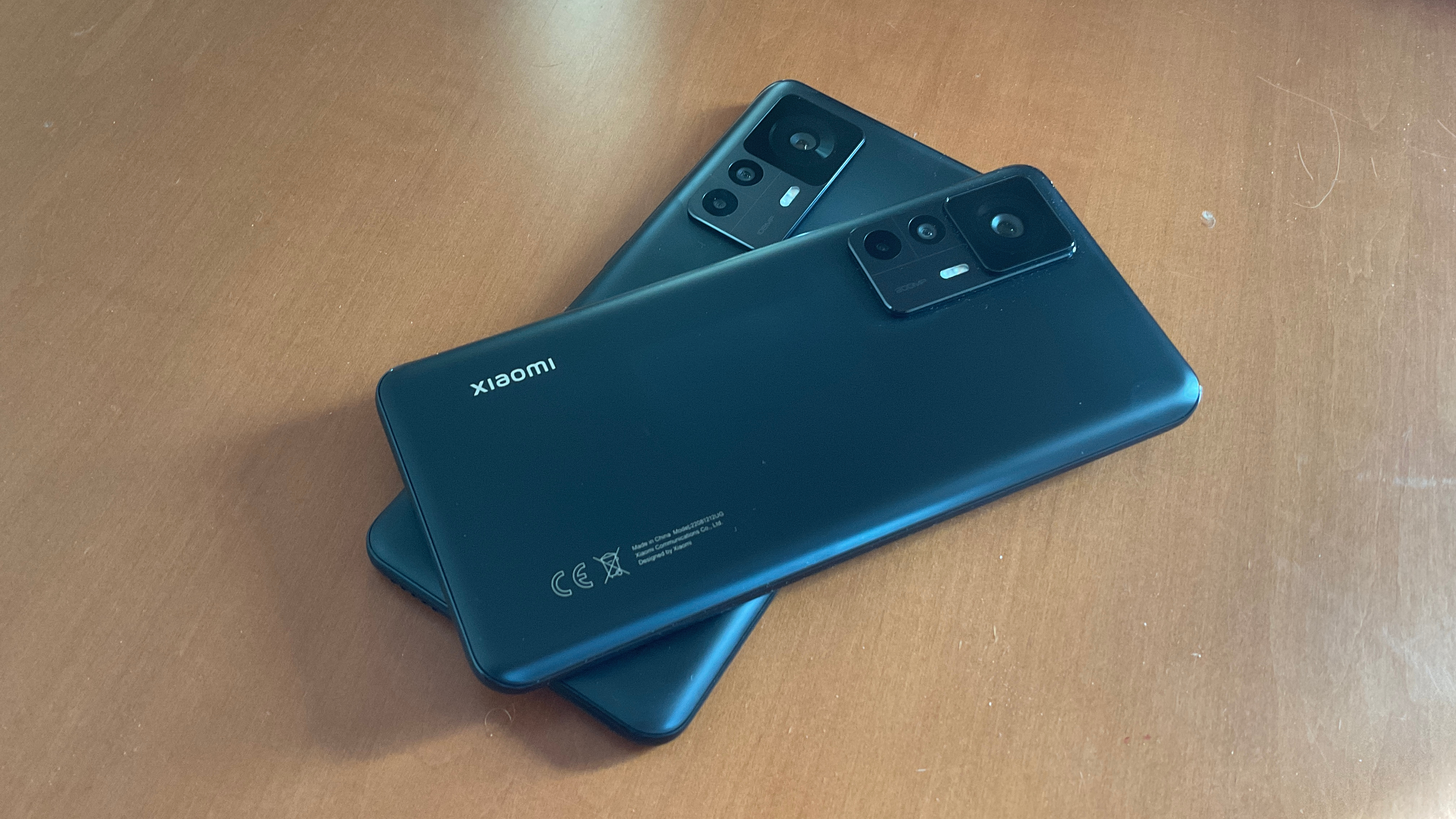
You're also getting the same pleasantly rounded back with a matte finish, a trio of buttons (volume up/down and power), and at the bottom is a USB-C port and SIM card slot. So far, so Android. The 12T Pro's size is ever so slightly different in weight, with dimensions at 6.4 x 2.98 x 0.33 and weighing 7.2 ounces. The 12T, on the other hand, weighs 7.1 ounces.
Both the 12T and 12T Pro share the same design as the Xiaomi 12, just with rectangular cameras instead of a circular main lens.
Xiaomi 12T vs. Xiaomi 12T Pro: Display
Both the Xiaomi 12T and 12T Pro are equipped with the same 6.67-inch (2712 x 1220) CrystalRes AMOLED DotDisplay. Unsurprising from Xiaomi, seeing how the budget Xiaomi Redmi Note 11 also boasts a 120Hz AMOLED display.
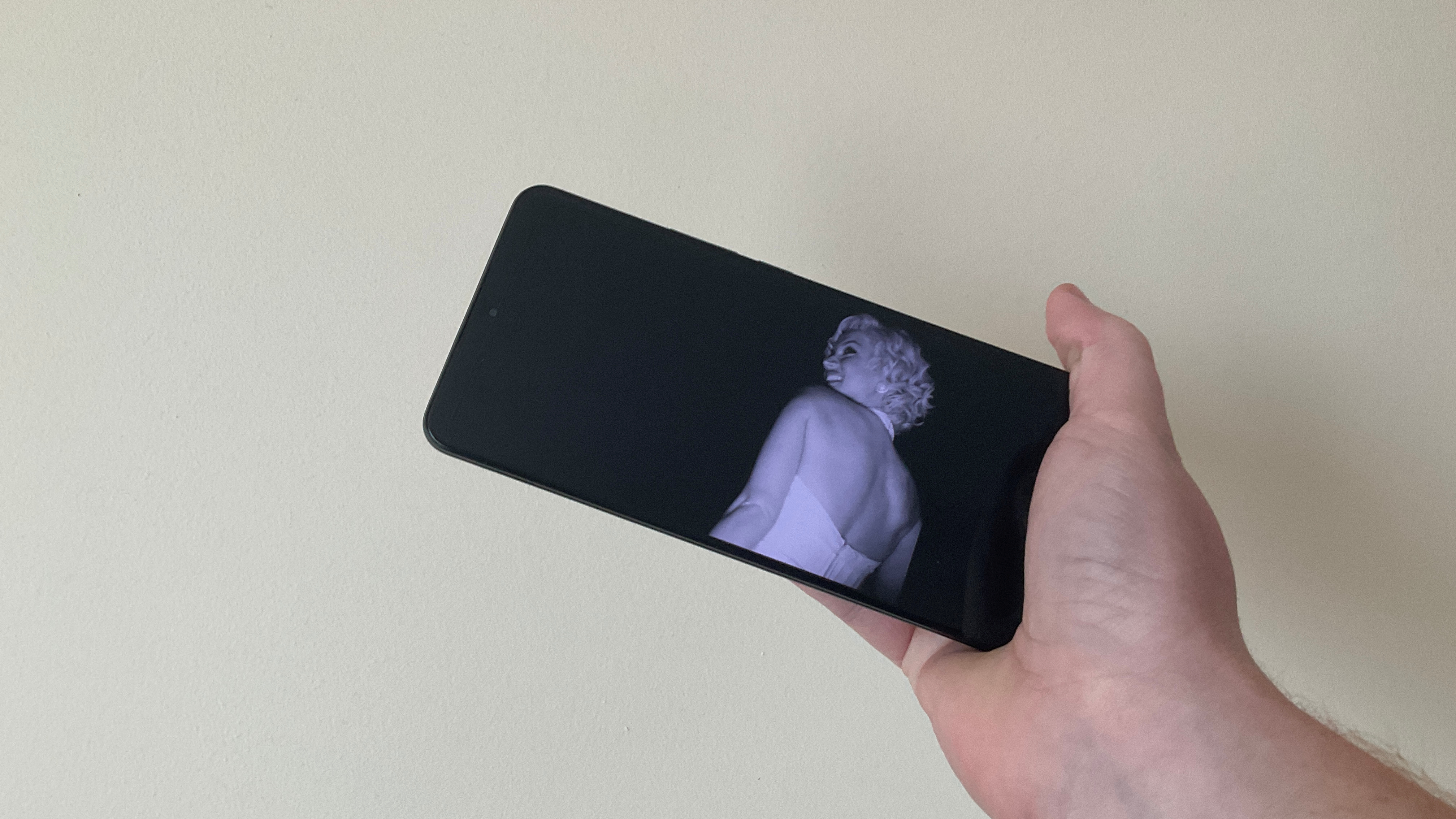
Boasting a 120Hz refresh rate with adaptive sync down to 30Hz, a 20:9 aspect ratio, 500 nits of brightness, over 68 billion colors, and support for HDR10+, you bet Ana de Armas' Marilyn Monroe looked stunning in Netflix's Blonde during my hands-on with both phones. That's even better for the Xiaomi 12T, especially at its affordable price point.
The 12T Pro takes the display a step further by featuring adaptive HDR and adaptive reading, which adapts the screen to what you're viewing.
Stay in the know with Laptop Mag
Get our in-depth reviews, helpful tips, great deals, and the biggest news stories delivered to your inbox.
Xiaomi 12T vs. Xiaomi 12T Pro: Processor
This is where the differences start to show.
The Xiaomi 12T sports a MediaTek Dimensity 8100-Ultra based on a 5nm process, while the Xiaomi 12T Pro is equipped with an impressive Snapdragon 8+ Gen 1 chip based on a 4nm process. However, both phones come with LPDDR5 RAM.
When trying out the Xiaomi 12T Pro's performance, I was flipping through multiple Chrome tabs, switching between gaming apps, and streaming Netflix in the background without any hiccups.
In a quick Geekbench 5 benchmark test, it got a multicore score of 4,136. Compared to the Xiaomi 12 Pro (3,783) and even the Samsung Galaxy Z Flip 4 (4,105), that's an impressive feat.
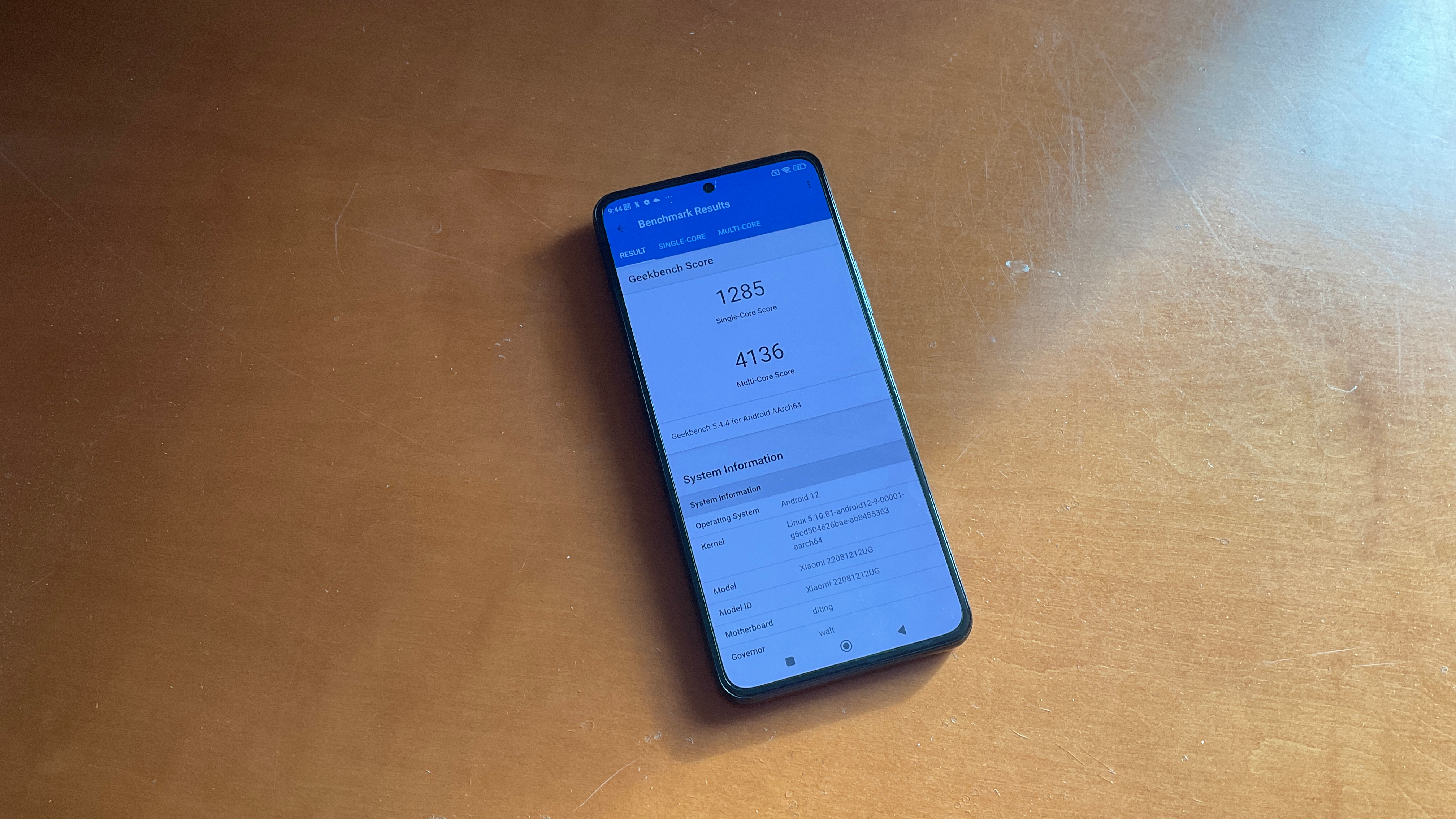
The 12T's MediaTek Dimensity 8100-Ultra processor is nothing to sneeze at, as MediaTek chips are growing popular in more affordable phones without sacrificing processing power. It may not be able to match the scores of the Snapdragon 8+ Gen 1, but it's sure to pull its own weight.
It's important to note that the 12T Pro comes with 5G connectivity, while the standard 12T doesn't appear to.
Xiaomi 12T vs. Xiaomi 12T Pro: Cameras
The big difference between the Xiaomi 12T and Xiaomi 12T Pro in the camera department is the main camera sensor. The 12T Pro boasts a whopping 200MP wide camera, while the standard 12T sports a 108MP wide camera.

Apart from this, you can expect the same 8MP ultra-wide angle camera, 2MP macro lens, and 20MP front-facing camera.
On the 12T Pro, the main lens features f/1.69 aperture, 2x in-sensor zoom, Night mode and Ultra Night Video with up to 8K resolution, along with motion-tracking focus, motion-capture, and eye-tracking focus. You'll also find an 8MP ultra-wide angle camera, 2MP macro camera, and 20MP front camera (different from the 50MP ultra-wide and macro the 12 Pro offered).
I had the chance to test out the camera on the 12T Pro. Xiaomi states the three major benefits of the new-and-improved camera system are "unprecedented image clarity, low-light capabilities, and quick focus," and this seems to be the case. You can see the impressive detail in this shot of a building with the morning sun peaking behind it.

As for the 12T, expect a 1/1.67-inch sensor size and a 1.92μm 9-in-1 pixel size. I didn't get the chance to try out the cameras yet, but stay tuned for a review.
Xiaomi 12T vs. Xiaomi 12T Pro: Battery life
Battery life continues to excel in Xiaomi's lineup of Android phones. Xiaomi decided to fit a 5,000mAh battery capacity in both the 12T and 12T Pro instead of the 4,600mAh in the 12 Pro. The latter already found a place among the phones with the best battery life, and with the 120W HyperCharge charge, that means you can charge the 12T in no time. Think up to 69% in 15 minutes.
However, Xiaomi states the 12T is its longest-lasting smartphone, with an even better life compared to the Xiaomi 11T. We'll have to test that out.
Outlook
The Xiaomi 12T and Xiaomi 12T Pro look to impress, and regardless of what phone customers end up purchasing, you can expect the same 120Hz AMOLED display, 5,000mAh battery capacity with 120W charge, and design.
However, if you're in need to high processing power and can spend a little more, the 12T Pro's Snapdragon 8+ Gen 1 is sure to please. Plus, the 200MP main camera will catch the eye of keen photographers. Stay tuned for our reviews of both the Xiaomi 12T and Xiaomi 12T Pro.

Darragh Murphy is fascinated by all things bizarre, which usually leads to assorted coverage varying from washing machines designed for AirPods to the mischievous world of cyberattacks. Whether it's connecting Scar from The Lion King to two-factor authentication or turning his love for gadgets into a fabricated rap battle from 8 Mile, he believes there’s always a quirky spin to be made. With a Master’s degree in Magazine Journalism from The University of Sheffield, along with short stints at Kerrang! and Exposed Magazine, Darragh started his career writing about the tech industry at Time Out Dubai and ShortList Dubai, covering everything from the latest iPhone models and Huawei laptops to massive Esports events in the Middle East. Now, he can be found proudly diving into gaming, gadgets, and letting readers know the joys of docking stations for Laptop Mag.
